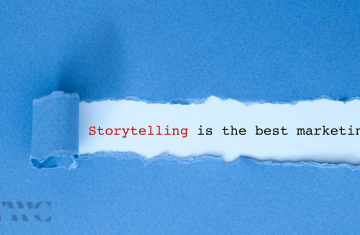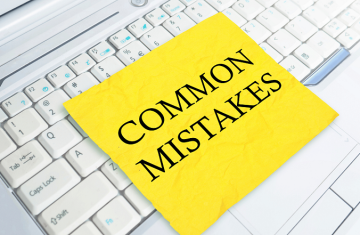Content marketing and storytelling—these two terms are often used interchangeably, and it’s easy to see why. They’re both vital pieces of the marketing puzzle. But here’s the thing: they aren’t exactly the same. Think of them as sisters—related, sharing some common ground, but each with her own unique personality.
Content marketing is the practical sister, focused on delivering useful, relevant information that keeps your audience coming back for more. Storytelling, on the other hand, is the artistic one. She’s all about weaving narratives that resonate, connect, and stick in your mind long after the story’s over.
So, while they might seem similar at first glance, content marketing and storytelling bring different strengths to the table. And when you understand these differences, you can use them together to create something truly powerful.
Let’s explore what sets them apart and how they can complement each other in your marketing strategy.
Main Distinctions
1. Purpose and Objective
The primary objectives of content marketing lies in providing valuable, relevant and consistent content to attract and retain a specific audience and serve a specific purpose like education or lead generation. Storytelling, on the other hand, is about creating an emotional connection with the audience by sharing compelling stories that evoke feelings and build trust. It’s more about conveying the brand’s personality, values and mission through a narrative.
2. Approach
While content marketing focuses on a broad range of formats and content types like blogs and podcasts, optimized with SEO and tailored for different stages of the customer’s journey, storytelling centers around creating narratives that are engaging and relatable. Storytelling uses characters, conflicts and resolutions to draw in the audience, making the brand’s message resonate on a personal and emotional level.
3. Scope
The scope of content marketing encircles a wide array of topics, formats and distribution platforms. While storytelling can be a part of content marketing, it focuses specifically on narratives that convey deeper meanings and emotional connection usually tied to the brand’s core value. It’s often less about direct promotion.
4. Audience Engagement
Content marketing engages the audience by providing solutions to their problems, answering questions and offering insights, appealing to practical needs and logic. Storytelling, on the other hand, engages through emotional appeal. It creates memorable experience by relating to audience’s own experiences, aspirations or challenges, making the brand more relatable and human.

How Content Marketing and Storytelling Complement Each Other
Content marketing and storytelling complement each other in the following ways:
1. Building a Connection
Content marketing provides the information and knowledge that the audience seek while storytelling enhances the information by adding an emotional layer. Together, they build a larger connection with the audience, making them feel understood and valued.
2. Enhancing Engagement
Storytelling can make content more engaging and relatable. For example, a brand can use a podcast (content marketing) to provide information on a topic, but by incorporating a personal story or client testimonial (storytelling), it makes the content more appealing and memorable.
3. Creating a Consistent Brand Voice
Content marketing sets the stage for regular interaction with the audience, ensuring the brand remains visible and relevant. Storytelling ensures that the brand’s voice is consistent, authentic and resonant across all content formats, enhancing brand identity.
4. Fostering Loyalty and Trust
Content marketing educates and inform, which helps in establishing authority. Storytelling, by making the brand’s mission and values tangible, can foster loyalty and trust. When combined, these strategies make the audience feel both informed and emotionally connected.
5. Driving Action
Content marketing provides the practical information needed for decision-making. Conversely, storytelling inspires and motivates. Together, they not only inform the audience about a product or service but also persuade them to take action by appealing to both logic and emotion.
You May Also Like:
How to Use Storytelling in Marketing to Close Sales
10 Ways to Identify Your Brand’s Core Story
Top 10 Brands That Have Mastered Storytelling in Marketing
7 Common Storytelling in Marketing Mistakes and How to Avoid Them
Conclusion
In essence, both content marketing and storytelling complement each other, making your marketing strategy more effective. Combining facts with emotional storytelling can result in more effective communication and a stronger bond between your audience and your brand.
This can ultimately drive long-term partnerships and convert prospective customers.
I’m Debbie, “Your Write Choice.” I offer content marketing and ghostwriting services that connects and converts, editing par excellence and peace of mind for my clients. Hire my services.
Download my free storytelling for sales workbook.
Enroll in my “Master Storytelling for Sales Course.”












